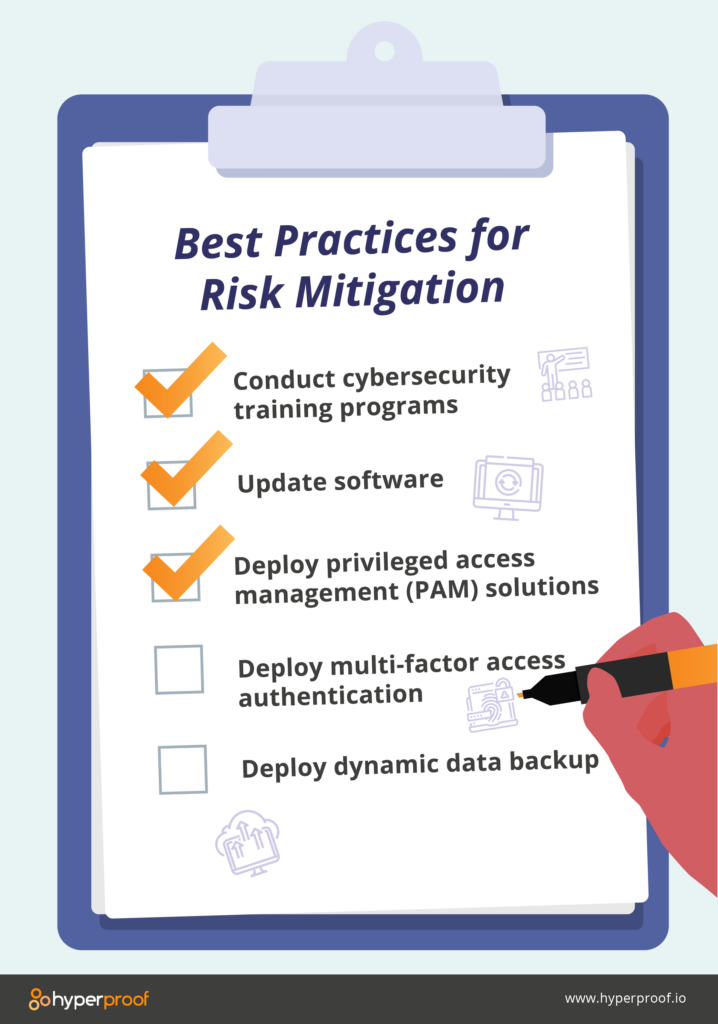
Understanding Cybersecurity Risk Management Strategies
The Landscape of Cyber Threats
In today’s digitally driven world, the threat landscape for businesses has evolved significantly. Cybersecurity risks loom large, with attacks becoming more sophisticated and frequent. From data breaches to ransomware attacks, organizations face multifaceted threats that can compromise sensitive information, disrupt operations, and damage their reputation.
Importance of Robust Cybersecurity Measures
Cybersecurity risk management is no longer an option; it’s a necessity. Implementing robust strategies isn’t just about protection; it’s about ensuring continuity and maintaining trust. Businesses must proactively fortify their defenses to mitigate potential threats effectively.
Assessing Vulnerabilities
The first step in effective risk management is understanding vulnerabilities. Conducting comprehensive risk assessments helps identify weaknesses within the infrastructure, applications, or processes. This evaluation forms the foundation for devising tailored cybersecurity strategies.
Implementing Proactive Measures
Cyber threats are dynamic and ever-evolving. Implementing proactive measures is key to staying ahead of potential risks. This involves deploying robust firewalls, encryption protocols, access controls, and regularly updating security patches to fortify the digital perimeter.
Educating and Training Employees
Human error remains one of the most significant cybersecurity vulnerabilities. Employees are often the target of phishing attacks or unintentional data breaches. Educating and training staff about cybersecurity best practices is crucial. It empowers them to identify and mitigate potential risks effectively.
Developing Incident Response Plans
Despite preventive measures, cyber incidents may still occur. Developing comprehensive incident response plans is imperative. This includes outlining clear steps to follow in case of a breach, assigning responsibilities, and regularly testing the effectiveness of these plans through simulations.
Embracing Cloud Security Measures
As businesses transition to cloud-based operations, ensuring robust cloud security measures is paramount. Leveraging encryption, access controls, and multi-factor authentication safeguards data stored and processed in the cloud.
Continuous Monitoring and Updating
Cyber threats evolve rapidly, necessitating continuous monitoring and updating of security measures. Implementing automated systems that detect anomalies and applying real-time updates to security protocols is crucial in staying resilient against emerging threats.
Collaboration and Information Sharing
In the realm of cybersecurity, collaboration is pivotal. Sharing threat intelligence and best practices within industry networks or with relevant authorities enhances collective defense against cyber threats.
Cybersecurity Risk Management Strategies for Business Success
Discover more about effective Cybersecurity Risk Management Strategies and their pivotal role in safeguarding businesses. Implementing a robust cybersecurity framework isn’t just about protection; it’s about ensuring sustainable growth and resilience in an increasingly digitized world.
In a digitally driven landscape, cybersecurity risk management isn’t an option; it’s a necessity. Explore how robust strategies mitigate threats: Cybersecurity Risk Management Strategies.
